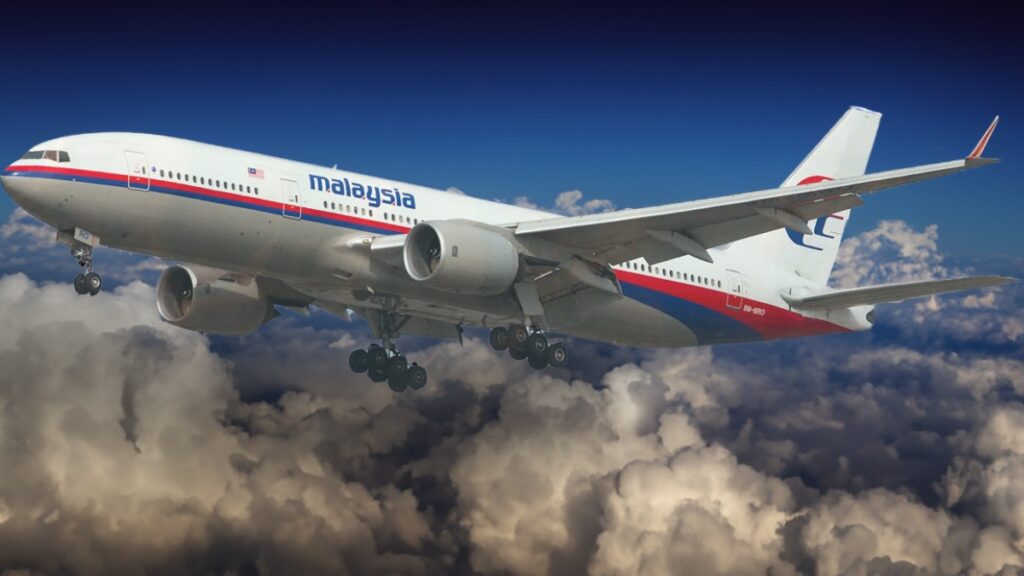The search for Malaysia Airlines Flight 370 Google Maps was one of the most extensive and challenging aviation mysteries in modern history. The flight, carrying 239 passengers and crew, disappeared on March 8, 2014, en route from Kuala Lumpur to Beijing. Despite extensive search efforts, the wreckage of MH370 remained elusive for years.
Google Maps, a widely used mapping service, does not typically show real-time or historical data of search efforts for specific incidents like MH370. The search for MH370 involved vast expanses of the southern Indian Ocean, and efforts were primarily conducted by specialized search vessels, aircraft, and underwater exploration teams.
While Google Maps offers satellite imagery and maps that can be used for general geographic reference, specific details about the search area for MH370, including underwater search grids or areas covered by search vessels, are not typically available through the platform. Detailed information about the search operations for MH370 would be documented in official reports and updates from authorities involved in the search and recovery efforts.
The Search for Malaysia Airlines Flight 370 Google Maps
Malaysia Airlines Flight 370, also known as MH370, disappeared on March 8, 2014, leaving the world in shock and sparking one of the largest and most complex search efforts in aviation history. This article explores the ongoing search for MH370, focusing on how Google Maps and other technologies have been utilized in the effort to locate the missing aircraft.
The disappearance of Malaysia Airlines Flight 370 remains one of the greatest mysteries in modern aviation. Despite extensive search efforts, the Boeing 777-200ER has yet to be found. Advances in technology, particularly the use of satellite imagery and tools like Google Maps, have played a significant role in the search, providing new ways to analyze vast areas of the ocean.
The Disappearance of MH370
Flight Details
MH370 was a scheduled passenger flight from Kuala Lumpur, Malaysia, to Beijing, China. It departed from Kuala Lumpur International Airport at 00:41 local time on March 8, 2014, carrying 239 passengers and crew members.
Last Contact and Course Deviation
The last voice communication from the cockpit occurred at 01:19 local time, after which the aircraft deviated from its planned route. It turned westward, crossing the Malay Peninsula and Andaman Sea before vanishing from radar.
Search and Rescue Efforts
Initial search efforts focused on the South China Sea, but analysis of satellite data later shifted the search area to the southern Indian Ocean, approximately 2,000 kilometers west of Perth, Australia.
Utilizing Malaysia Airlines Flight 370 Google Maps
Crowdsourcing Efforts
Google Maps and other satellite imagery platforms have enabled crowdsourcing in the search for MH370. Platforms like Tomnod, operated by DigitalGlobe, allowed millions of volunteers worldwide to scan satellite images for potential debris.
Analyzing Satellite Data
Google Maps, in conjunction with data from various satellites, has been used to analyze potential debris sightings. High-resolution images provided by satellites are meticulously examined for any signs of wreckage.
Challenges in Using Google Maps
Despite its capabilities, using Google Maps for such a search presents challenges. The vastness of the ocean, coupled with the movement of currents and weather conditions, complicates the identification of potential debris.
Also Read: Filmymeet: How To Download All Films
Significant Findings and Theories
Debris Discoveries
Since the disappearance, several pieces of debris confirmed to be from MH370 have washed ashore on the coast of Africa and islands in the Indian Ocean. These findings have provided crucial clues but have yet to lead to the main wreckage.
Inmarsat Satellite Data
Analysis of satellite communications between the aircraft and Inmarsat’s satellite network suggested the southern Indian Ocean as the final location. This “ping” data has been essential in narrowing down search areas.
Underwater Searches
Extensive underwater searches have been conducted using sonar technology, focusing on areas identified by satellite data. However, these efforts have yet to locate the main wreckage.
Role of Advanced Technologies
Satellite Imagery and Machine Learning
Advances in satellite imagery and machine learning have enhanced the search capabilities. Machine learning algorithms can process vast amounts of data, identifying patterns and potential debris more efficiently than manual analysis.
Unmanned Underwater Vehicles (UUVs)
UUVs equipped with sonar technology have been deployed in the underwater search for MH370. These vehicles can operate at significant depths, mapping the ocean floor in detail.
Public Involvement and Technology Platforms
Public involvement through platforms like Google Maps has highlighted the importance of community efforts in large-scale searches. The integration of technology and public participation has opened new avenues for solving complex mysteries.
Conclusion
Malaysia Airlines Flight 370 Google Maps disappearance is a mystery. Technology and public involvement drive the search forward, maintaining hope. Google Maps and other advanced technologies provide new tools and methods to analyze vast areas and identify potential debris. The search for MH370 continues, with each new piece of information bringing us closer to understanding what happened on that fateful day. Dedicated search teams, combined with technological innovations, sustain hope that one day the mystery of MH370 will be solved.
Also Read: ibomma: Watch New Telugu Movies
FAQs
What happened to Malaysia Airlines Flight 370 Google Maps?
MH370 disappeared on March 8, 2014, during a flight from Kuala Lumpur to Beijing. Despite extensive search efforts, the main wreckage has not been found.
How has Google Maps been used in the search for MH370?
Google Maps has been used for crowdsourcing efforts, allowing volunteers to scan satellite images for potential debris. It has also been utilized to analyze satellite data for signs of the aircraft.
What challenges are there in using Google Maps for the search?
Challenges include the vast area of the ocean, the movement of debris due to currents, and the resolution of satellite images, which can make identifying small pieces of debris difficult.
What significant findings have been made in the search for MH370?
Several pieces of debris confirmed to be from MH370 have been found along the coast of Africa and the Indian Ocean. Satellite data analysis has suggested the southern Indian Ocean as the likely final location of the aircraft.
What technologies are being used in the search for MH370?
Technologies include high-resolution satellite imagery, machine learning algorithms, and unmanned underwater vehicles equipped with sonar for mapping the ocean floor.
What role does public involvement play in the search?
Public involvement through platforms like Google Maps has been crucial, with millions of volunteers participating in the search by scanning satellite images for potential debris.



